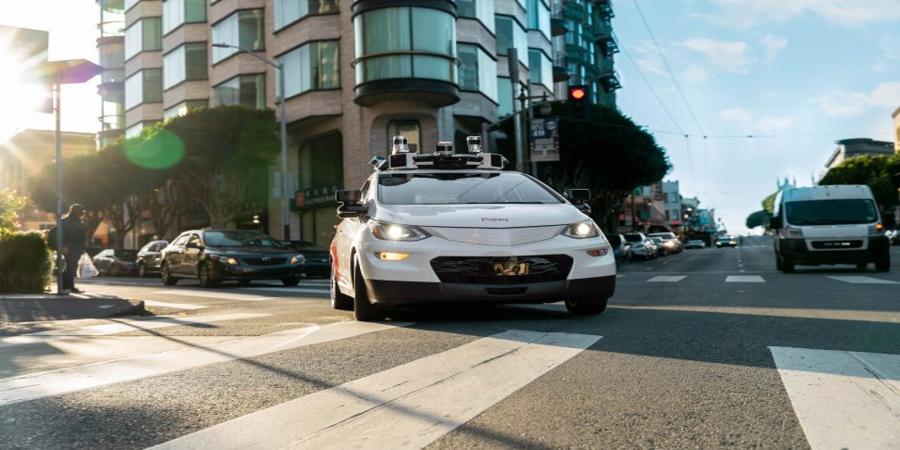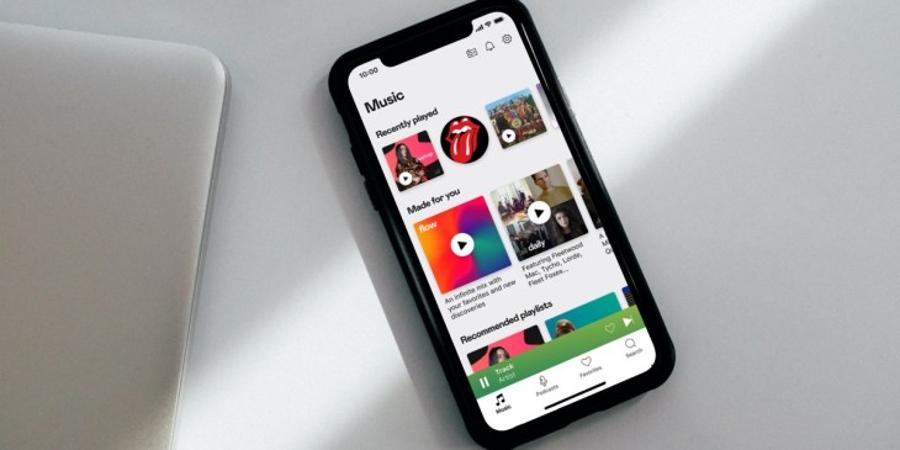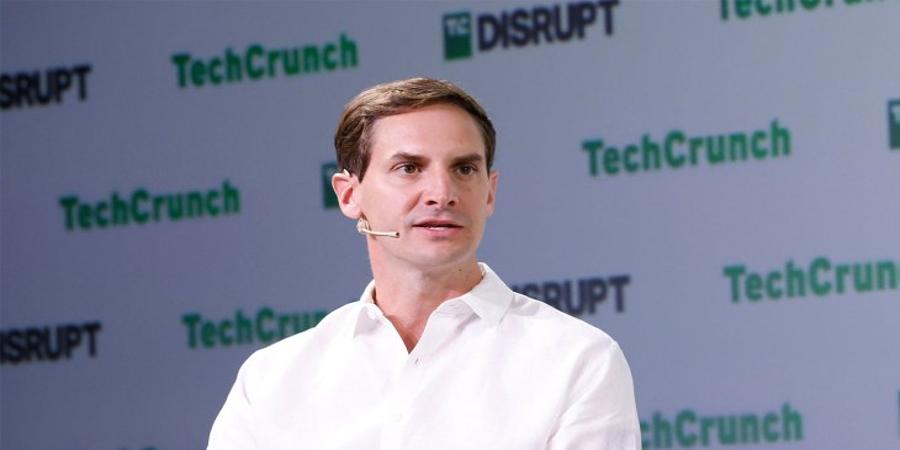The California Public Utilities Commission (CPUC) has suspended Cruise’s authority to carry and charge passengers for its robotaxi service, following similar action from the state’s Department of Motor Vehicles.
The CPUC is also “independently carrying out investigatory activities into recent incidents involving passenger service,” Terrie Prosper, director of news and outreach at the CPUC, told TechCrunch.
The agency’s decision comes just three months after it awarded Cruise the final necessary permits to charge passengers for robotaxi rides in San Francisco. Until then, Cruise had been running a free service in the city. The CPUC’s suspension also follows the California Department of Motor Vehicles’ suspension of Cruise’s deployment and driverless testing permits Tuesday.
The DMV’s order of suspension, which TechCrunch has viewed, states that Cruise withheld video footage from an ongoing investigation. The DMV was investigating Cruise following a series of incidents, specifically one on October 2 that left a pedestrian, who had been initially hit by a human-driven car, stuck under a Cruise robotaxi and then dragged for 20 feet at 7 miles per hour by the AV.
The agency said when it met with Cruise representatives on October 3 to view footage of the accident, Cruise only presented the AV’s initial stop following a hard-brake maneuver. The subsequent movement of the AV to perform a “pullover maneuver,” which resulted in the pedestrian being dragged, was left out, according to the DMV. (Cruise also showed TechCrunch an edited version of the event, omitting the subsequent movement. At the time, Cruise presented it as the full video.)
The DMV said another government agency alerted it to the missing footage, prompting it to request the full video from Cruise, which the company provided on October 13.
In a tweet on Tuesday, Cruise denied the DMV’s claims and said it proactively shared information with the DMV, the CPUC and the National Highway Traffic Safety Administration (NHTSA), including the full video.
The NHTSA is also investigating Cruise in regards to this event, plus a number of other incidents such as Cruise’s collision with an emergency vehicle and dozens of instances of robotaxis malfunctioning and blocking traffic and first responders.
The CPUC did not confirm or deny Cruise’s claim that it had shared the full video with the agency immediately after the October 2 accident.
“Our Consumer Protection and Enforcement Division is actively gathering, reviewing, and analyzing incident-related information from Cruise as part of our ongoing evaluation of its passenger service operations and assessment of any possible violations,” said Prosper. “We will maintain close coordination with the California DMV throughout the ongoing investigation.”
The CPUC also did not respond to TechCrunch’s inquiry regarding whether the agency will reinstate Cruise’s permits if and when the DMV does.
Despite the fact that the DMV first gave Cruise permission to test and deploy its AVs across San Francisco, the CPUC received pushback for giving Cruise the go-ahead to expand its commercial service citywide and 24/7. The CPUC’s August hearing to determine expansion for Cruise and its competitor Waymo included hours of protestations from opponents who feared for public safety and were concerned about traffic flow.
A month after Cruise received its CPUC permit, the city of San Francisco formally requested state regulators redo their decision.
Source @TechCrunch



